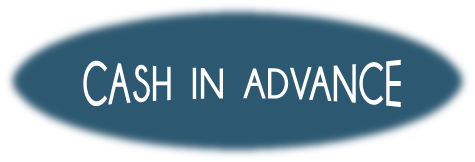The Cash In Advance Method
With the cash-in-advance payment method, the exporter can eliminate credit risk or the risk of non-payment since payment is received prior to the transfer of ownership of the goods. Wire transfers is the most commonly used cash-in-advance options available to exporters. Also escrow services are becoming another cash-in-advance option for export transactions

Key Points
Full or significant partial payment is required, usually via bank or wire transfer or escrow service, before the ownership of the goods is transferred.
Cash-in-advance, especially a wire transfer, is the most secure and least risky method of international trading for exporters and, consequently, the least secure and an unattractive method for importers. However, both the credit risk and the competitive landscape must be considered.
Exporters may also select escrow services as a mutually beneficial cash-in-advance option for transactions with importers who demand assurance that the goods will be sent in exchange for advance payment.
Insisting on cash-in-advance could, ultimately, cause exporters to lose customers to competitors who are willing offer more favorable payment terms to foreign buyers

